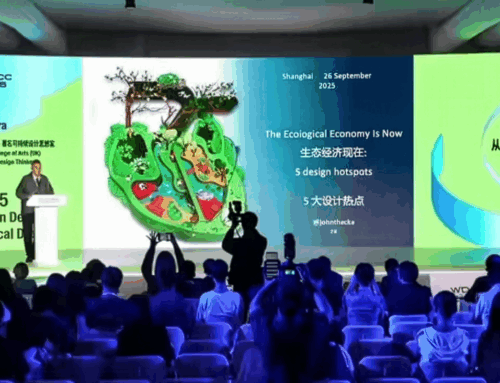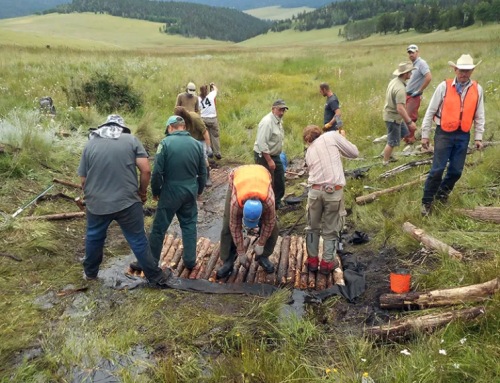A new book by Alex Prud’homme called The Ripple Effect addresses the “vast and desperately serious subject” of water.
The author does not hold back: all the world’s water problems are here. The sewage, fertilizers, industrial chemicals, plastics, paint, drugs, and hand soap, among other contaminants, that find their way into the world’s rivers every day. Their affect on our drinking water – in ways that are probably deadly, but are hard to measure. The vast “dead zones” in our oceans where algae blooms block out nearly all other forms of life. The threats faced by New York City from failing sewer systems and hurricanes. How desert cities like Las Vegas are in danger of losing much of their water supply to drought.
And on it goes: Our water future, as seen through Prud’homme’s lens, is grim indeed.
Bad news on this scale leaves me feeling powerless. I get doubly depressed when, after a litany of structural global problems, and being told that “water is the new oil”, I am advised to “recycle leftover water from your drinking glass or canteen by pouring it on plants”.
Yeah, great, that should turn things round.
Today, rather than rail once again against doomer porn and its partner, green consumerism, I remind you that there are positive developments on water issues.
I’ve written before about the Watershed Management Group.
They recently published a fabulous small book called Green Infrastructure for Southwestern Neighborhoods that explains the why, what, how and who of ‘green infrastructure’.
By this term they mean all manner of constructed features that use living, natural systems to provide environmental services. These mostly small features capture, clean and infiltrate stormwater; create wildlife habitat; shade and cool streets and buildings; calm traffic.






